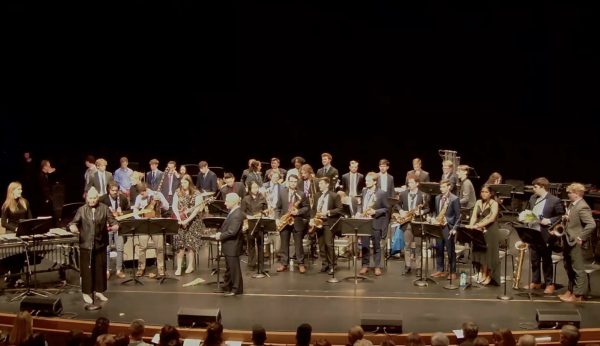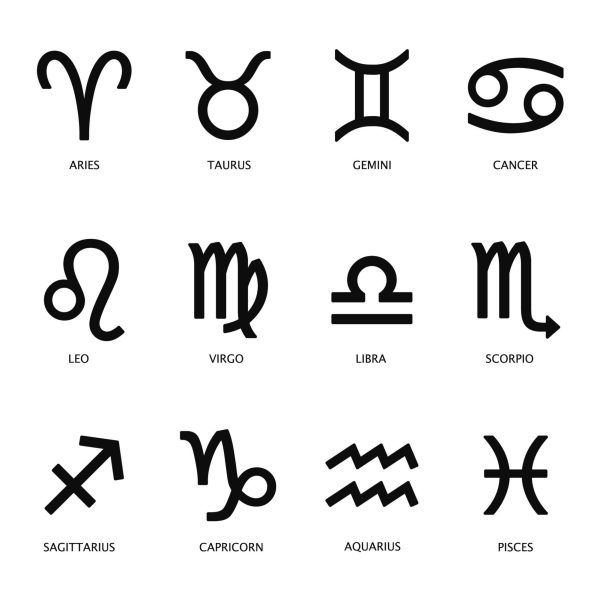‘127 Hours’ offers more than gore, caves
November 16, 2010
Just to get this out of the way early on: Yes, it’s absolutely horrifying when James Franco tears his arm off at the end of the film in full view of the camera.
But the real story with “127 Hours” isn’t the four minutes of graphic dismemberment. Any doubts in Franco’s ability as an actor outside of his definitive roles in “Pineapple Express” and “Milk” should be reasonably quelled after even the most superficial viewing of his latest film.
His performance is one of such magnetism that he makes the challenge of holding the entire weight of the 94-minute film on his shoulders look effortless.
However, to credit the success of the film entirely to Franco’s revelatory performance would be to undersell severely the accomplishments of the rest of the creative forces behind the film, namely Director Danny Boyle, who proves that he hasn’t lost even the slightest bit of his auteur luster since “Slumdog Millionaire.”
The story, based on the true events that anyone with a TV and basic literacy should know well, tells of the nearly unbelievable feats of hiker Aron Ralston (Franco), who, after being trapped under a loose boulder for — you guessed it — 127 hours, managed to muster up some inhuman amount of willpower to cut his own arm — the trapped appendage — off and hike to safety despite fatigue, dehydration and blood loss.
The fascinating part of the film is not the way it depicts the “how” of Ralston’s death-defying escape, but the “why.” Anyone who knows the story would be reasonable in asking just how anyone could summon up enough willpower to sever his own limb.
Luckily, the film delves into that aspect, examining just what could make someone tap into so profound a level of will to live. The film emphasizes the internal struggle Ralston undergoes throughout his entrapment, one which may actually be greater than the obvious external one.
The difficulty of playing a real-life character like Ralston is that, unlike previous subjects of biopics like Ray Charles and Richard Nixon, there is no culturally ingrained repertoire of mannerisms and personality tics from Franco to draw from. Ralston is a very nondescript individual, and so Franco is presented with the challenge of making the character entirely his own, which he does brilliantly.
Boyle makes no attempt to disguise Franco in his role, resulting in an odd contrast between the clear physical identification the viewer makes and the complete inhabitation of his character Franco demonstrates. The result is akin to seeing your best friend some time after a traumatic and life-altering event: You recognize him, but something is eerily different.
While undoubtedly a showcase for Franco’s previously hidden dramatic acting chops, “127 Hours” is also a powerful examination of issues relevant to today’s 20-something population, albeit in a more restrained way than the latest generational saga to strike multiplexes, “The Social Network.” This, in addition to the visual flair and kinetic camera work he brings to the production, is Boyle’s greatest achievement with this film.
Boyle’s gutsy vision of Ralston is not one of such simplicity as to suggest that Ralston managed to hack his forearm off because he was thirsty or just tired of being stuck under a rock for five days. Rather, he explores the character’s flaws: his inability to connect emotionally with people, his self-centeredness, his youthful apathy and his recklessness.
In this analysis of Ralston’s character, he creates a moving cause-and-effect plot device, elegantly relating his deficiencies not only to the physical predicament at the plot’s core, but also to his ultimate decision to choose a renewed sense of life over death.
In Boyle’s eyes, Ralston’s entrapment is both literal and metaphorical. While he may be stuck between a rock and a hard place, Boyle suggests that the greater entrapment he experiences is one of his own making, caused by years of maintaining an excessive distance between himself and his family, friends and lovers.
A clever revisionist take on the archetypal loner, “127 Hours” presents the heroic aspect of Ralston’s character to be not his rejection of society, but his ultimate acceptance of his role in the world and his responsibility to be better to those around him.
All this leads up to what has to be one of the most cathartic final lines of dialogue in film history, delivered with heart-wrenching panic and fervor by Franco. It’s a brilliantly multi-layered piece of writing and should alone qualify the movie’s admittedly sparse script for awards contention in 2011.
Boyle and Franco both emerge from this film as cinematic forces to be reckoned with in the future. As a director, Boyle has proven he can successfully mix technical style with poignancy and understated character development, but he takes that ability to new levels here with his complex take on what could have easily been a simple story.
Franco, on the other hand, has completed his atonement for thankless years as a badly written “Spider-Man” villain and crafted one of the most visceral and nuanced performances of recent memory. If you can keep your eyes open throughout the whole film, you’ll have the pleasure of witnessing one of the finest cinematic collaborations of the year.











